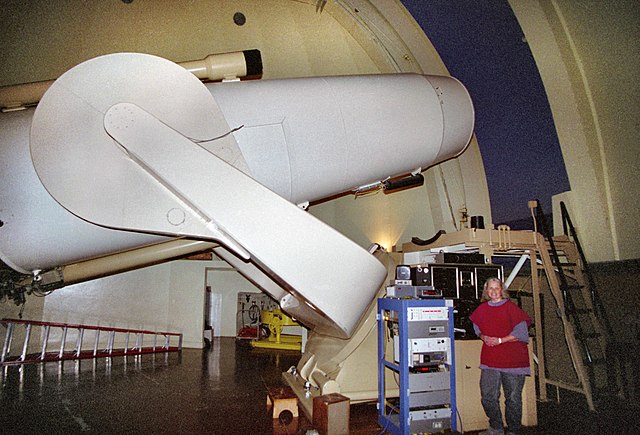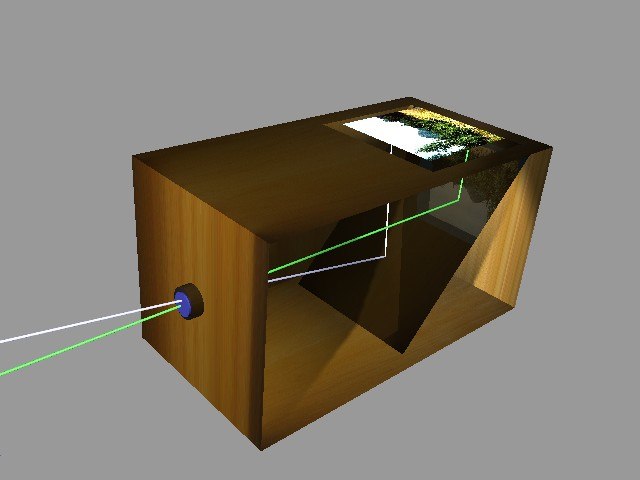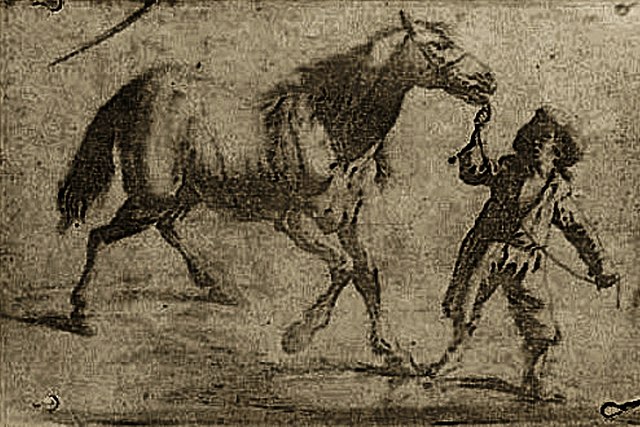Astrophotography, also known as astronomical imaging, is the photography or imaging of astronomical objects, celestial events, or areas of the night sky. The first photograph of an astronomical object was taken in 1840, but it was not until the late 19th century that advances in technology allowed for detailed stellar photography. Besides being able to record the details of extended objects such as the Moon, Sun, and planets, modern astrophotography has the ability to image objects outside of the visible spectrum of the human eye such as dim stars, nebulae, and galaxies. This is accomplished through long time exposure as both film and digital cameras can accumulate and sum photons over long periods of time or using specialized optical filters which limit the photons to a certain wavelength.

An image of Orion's Belt composited from digitized black-and-white photographic plates recorded through red and blue astronomical filters, with a computer synthesized green channel. The plates were taken using the Samuel Oschin Telescope between 1987 and 1991.
The large 48" Oschin Schmidt Camera at Palomar Observatory
Henry Draper with a refractor telescope set up for photography (photo probably taken in the 1860s or early 1870).
The earliest surviving dagerrotype of the Moon by Draper (1840)
Photography is the art, application, and practice of creating images by recording light, either electronically by means of an image sensor, or chemically by means of a light-sensitive material such as photographic film. It is employed in many fields of science, manufacturing, and business, as well as its more direct uses for art, film and video production, recreational purposes, hobby, and mass communication.
Photographers at the Chicago Old Town Art Fair in 1968
A camera obscura used for drawing
Earliest known surviving heliographic engraving, 1825, printed from a metal plate made by Nicéphore Niépce. The plate was exposed under an ordinary engraving and copied it by photographic means. This was a step towards the first permanent photograph taken with a camera.
View of the Boulevard du Temple, a daguerreotype made by Louis Daguerre in 1838, is generally accepted as the earliest photograph to include people. It is a view of a busy street, but because the exposure lasted for several minutes the moving traffic left no trace. Only the two men near the bottom left corner, one of them apparently having his boots polished by the other, remained in one place long enough to be visible.








